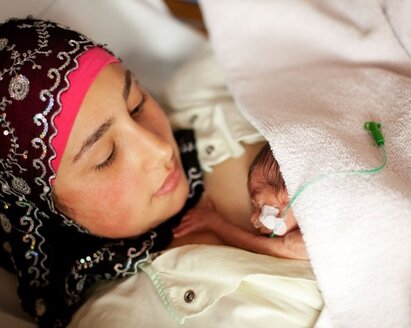You are currently viewing:
Medela - English
You can select an alternative Medela website in one of these countries:
Please choose
Please choose
Global
Australia
Austria
Belgium
Brazil
Canada
China
Denmark
France
Germany
India
Italy
Japan
Luxembourg
Netherlands
New Zealand
Norway
Poland
Portugal
Spain
Switzerland
Sweden
UK
United States of America
You can select an alternative Medela website in one of these countries:
You can select an alternative Medela website in one of these countries:
Products
Shop now
Rent now
Pumps
Maternity & Pumping Bra
Bottles & Bags
Cleaning
Breast Care
Special Feeding Needs
NICU
Bottles & Bags
Hospital-only products
Breast milk storage bottles
Breast milk storage bags
Cooler Bag
Calma™ Feeding System
Breast Care
Breast massage oil
Organic nipple cream
Ultra-breathable nursing pads
Purelan™ lanolin cream
Hydrogel pads
Breast shells
Milk Collection Shells
Contact™ Nipple Shields
Nipple formers
Safe & Dry™ disposable nursing pads
Hands-free Electric
Freestyle™ Hands-free double electric wearable breast pump
Solo™ Hands-free single electric breast pump
Swing Maxi™ Hands-free Electric Breast Pump
Classic Electric
Solo™ single electric breast pump
Swing Flex™ Two-phase electric breast pump
Swing Maxi™ double electric breast pump
- Products
- Articles
- Medela Family
- Services
- Lactation Professionals
- Shop Finder
- Customer voices



